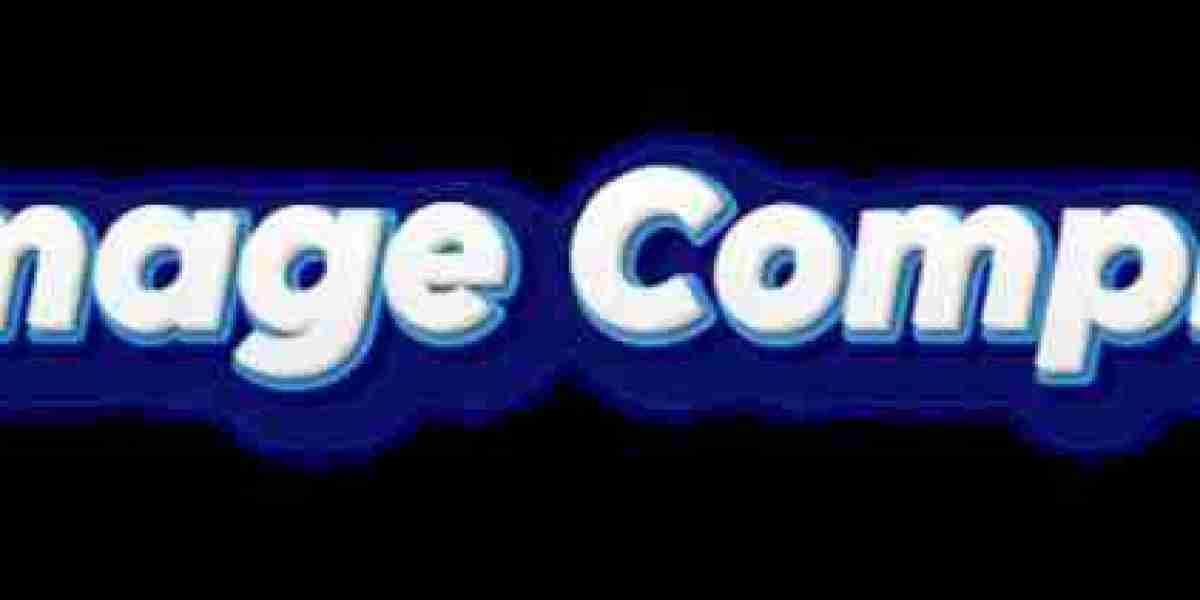In the digital age, the way art and collectibles are created, owned, and sold has undergone a revolutionary transformation, thanks largely to Non-Fungible Tokens (NFTs). NFT marketplaces have emerged as the primary platforms where these unique digital assets can be bought, sold, and traded. This article delves into what NFT marketplace are, how they operate, and their significance in the world of digital art sales.
What Are NFTs?
Before exploring NFT marketplaces, it’s essential to understand what NFTs are. Non-Fungible Tokens are digital assets that represent ownership of unique items or content, stored on a blockchain. Unlike cryptocurrencies like Bitcoin or Ethereum, which are fungible and can be exchanged for one another, NFTs are distinct and cannot be exchanged on a one-to-one basis. Each NFT carries specific information and metadata that verifies its authenticity, ownership, and provenance, making it ideal for digital art, music, gaming items, virtual real estate, and more.

The Role of NFT Marketplaces
What Is an NFT Marketplace?
An NFT marketplace is a digital platform that facilitates the buying, selling, and trading of NFTs. These marketplaces serve as intermediaries, allowing creators to list their digital assets and collectors to browse and purchase them. They provide a user-friendly interface and essential tools for managing NFT transactions, ensuring security and transparency through blockchain technology.
How NFT Marketplaces Work
NFT marketplaces function on blockchain technology, most commonly utilizing Ethereum, although other blockchains like Binance Smart Chain, Flow, and Tezos are also gaining popularity. The process typically involves the following steps:
Creation: Artists and creators mint NFTs by uploading their digital content to a marketplace, where it is converted into a token on the blockchain. This process includes adding metadata such as the title, description, and royalties for future sales.
Listing: Once minted, the NFT is listed for sale on the marketplace. Creators can choose to sell their NFTs at a fixed price or auction them to the highest bidder.
Transaction: Buyers browse the marketplace, select NFTs they want to purchase, and complete transactions using cryptocurrency. Once the transaction is completed, the NFT is transferred to the buyer's wallet, and the creator receives payment.
Royalties: Many marketplaces allow creators to set royalty percentages, ensuring they earn a percentage of future sales whenever their NFTs are resold, providing ongoing revenue potential.
Popular NFT Marketplaces
Several platforms dominate the NFT marketplace landscape, each offering unique features and catering to different audiences:
OpenSea: The largest and most popular NFT marketplace, OpenSea supports a wide variety of digital assets, including art, music, virtual goods, and domain names. It features an extensive selection and user-friendly interface.
Rarible: A decentralized marketplace that empowers users to create, buy, and sell NFTs while allowing them to participate in governance through its RARI token. Rarible promotes community engagement and creator royalties.
Foundation: A curated platform that focuses on digital art, Foundation enables artists to mint, buy, and sell NFTs. It emphasizes quality over quantity and is known for its community of established artists and collectors.
SuperRare: This high-end marketplace specializes in unique digital art and offers a more exclusive selection. Artists undergo a rigorous application process, ensuring that only top-tier talent is represented.
Nifty Gateway: Known for its “drops” model, Nifty Gateway partners with artists and brands to release limited edition NFTs at specific times. This approach creates a sense of urgency and exclusivity for collectors.
Advantages of NFT Marketplaces
1. Accessibility for Creators
NFT marketplaces provide an accessible platform for artists and creators to showcase their work to a global audience. Artists no longer need traditional gallery representation to sell their art; they can directly connect with buyers through these platforms.
2. Transparency and Security
Blockchain technology underpins NFT marketplaces, ensuring that all transactions are transparent and secure. Buyers can verify the authenticity and ownership of an NFT, reducing the risk of fraud. The immutable nature of blockchain also provides a clear history of ownership and provenance.
3. Community Engagement
Many NFT marketplaces foster strong communities around digital art and collectibles. Artists and collectors can interact, share ideas, and collaborate, creating a vibrant ecosystem that encourages creativity and innovation. Social features such as comments, likes, and followers enhance this sense of community.
4. Royalties for Artists
The ability to set royalties on resales is a game-changer for artists. This feature allows creators to benefit financially from their work even after the initial sale, fostering a more sustainable model for digital art and providing ongoing income.
5. Diverse Asset Categories
NFT marketplaces cater to various types of digital assets, including art, music, virtual real estate, gaming items, and more. This diversity attracts a wide range of creators and collectors, enriching the marketplace ecosystem.
Challenges Faced by NFT Marketplaces
1. Environmental Concerns
One of the most significant challenges facing NFT marketplaces is the environmental impact associated with blockchain technology, particularly Ethereum's energy-intensive proof-of-work mechanism. Critics argue that the carbon footprint of minting and trading NFTs can be substantial. However, efforts are being made to transition to more sustainable practices, such as Ethereum's upcoming shift to proof-of-stake.
2. Market Volatility
The NFT market is highly volatile, with prices fluctuating significantly based on trends, demand, and speculative behavior. This volatility can pose risks for both buyers and sellers, making it challenging to predict the future value of NFTs.
3. Copyright Issues
As the NFT market grows, so do concerns about copyright infringement and intellectual property rights. Artists must ensure they have the right to mint and sell their work as NFTs, while buyers should verify that they are purchasing authentic and legally compliant assets.
4. User Experience
While many NFT marketplaces offer user-friendly interfaces, newcomers may still find the process of buying and selling NFTs overwhelming. Education and guidance are essential to help users navigate this complex landscape effectively.
The Future of NFT Marketplaces
The future of NFT marketplaces looks promising as technology continues to evolve and mainstream acceptance grows. Several trends are shaping the future of these platforms:
1. Cross-Chain Marketplaces
As multiple blockchain networks gain traction, cross-chain marketplaces may emerge, allowing users to trade NFTs across different platforms seamlessly. This development could enhance liquidity and broaden access to a diverse range of digital assets.
2. Integration with Virtual and Augmented Reality
With the rise of virtual worlds and augmented reality applications, NFT marketplaces are likely to integrate these technologies, allowing users to showcase their digital assets in immersive environments. This integration could create new opportunities for art exhibitions, concerts, and gaming experiences.
3. Increased Focus on Sustainability
As environmental concerns continue to rise, NFT marketplaces will likely prioritize sustainable practices. This may involve adopting more energy-efficient blockchain technologies and supporting artists and creators who focus on eco-friendly art.
4. Evolving Regulations
As governments and regulatory bodies pay closer attention to the NFT space, changes in regulations may impact how marketplaces operate. Compliance with intellectual property laws, consumer protection measures, and taxation will be crucial for the long-term success of NFT marketplaces.
Conclusion
NFT marketplaces are at the forefront of a digital art revolution, providing creators and collectors with unprecedented opportunities to buy, sell, and trade unique digital assets. While challenges remain, the advantages of these platforms—such as accessibility, transparency, and community engagement—make them essential players in the evolving landscape of digital art sales. As the market continues to grow and mature, NFT marketplaces will likely adapt to meet the changing needs of artists and collectors alike, shaping the future of art and digital ownership.



